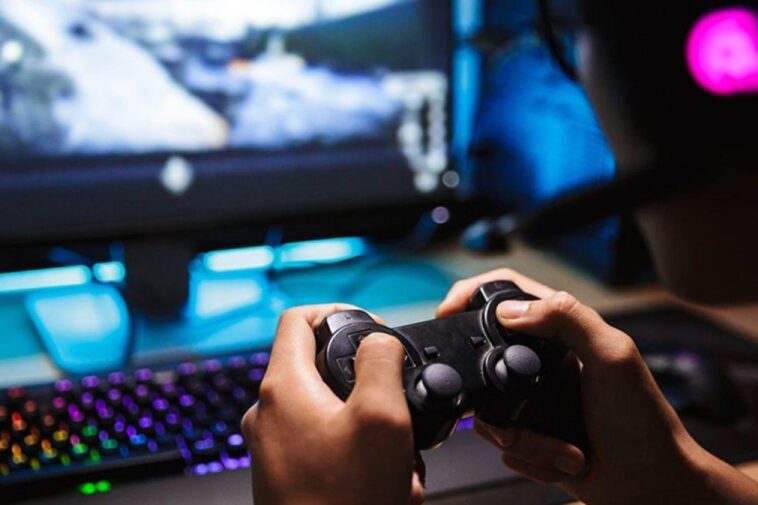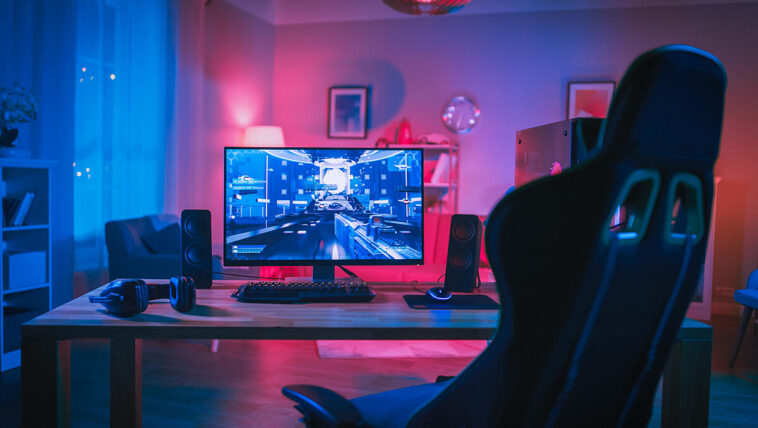Gaming used to be a hobby largely reserved for teenaged boys and young men. Today video and Internet games are popular among a much broader and bigger segment of the population. While the biggest demographic of gamers remains people ages 18-35, the average age of gamers has increased to 35. And, in a year when most Americans have been obliged to spend a much greater proportion of time at home, it’s likely that gaming has attracted a record number of new fans.
As a further illustration of gaming’s increasingly more mainstream status— in October of this year, the 31-year-old U.S. Congressional Representative Alexandria Ocasio-Cortez, a self-professing gamer, generated more than 400,000 online viewers on the game-streaming platform Twitch, when she played the hugely popular, online murder mystery game, “Among Us.”
Gaming’s increasingly mainstream status makes answering the question of how video games affect the brain that much more important. On this point, research has often pointed out the harmful, addictive effects of gaming. We know, for example, that some people develop gaming addictions that require therapy and treatment. (Learn about rehabilitative treatments for substance use and behavioral disorders at FHE Health and how they help people recover from addictions.)
The Risks and Benefits of Gaming for Brain Health

But what if the picture is more complex, and gaming isn’t exclusively harmful for the brain? Can gaming have positive, neurological effects, too? The question bears relevance for my work as a neuropsychologist. I regularly administer neurocognitive tests to people with mental health and addictive disorders, so understanding lifestyle choices and behaviors that impact brain health can be helpful context in my line of work.
Once, I was administering a “finger-tapping” test to a patient. (The test evaluates fine-motor speed by measuring how fast a person can tap a device.) When I remarked at the patient’s high aptitude for bilateral fine-motor speed, as measured by the test, the patient jokingly attributed his skills in this department to his experience playing video games.
In hindsight, he may have been right, on the basis of a recent review of more than 100 studies into gaming, published in the journal Frontiers of Human Neuroscience. The review found that gaming can have beneficial effects on the brain (in addition to harmful ones) and that gaming changed both how the brain performed and its structure.
What follow are some intriguing highlights from these findings, as well as their insights into how excessive gaming can trigger dysfunction in the brain’s dopaminergic reward system (increasing the likelihood for addiction). Contrary to the more exclusively negative stereotype of video games, the overall picture that emerges from these studies is more of a mixed bag….
1. How Gaming Can Improve Attention Skills

There are different types of attention that I’m able to measure and evaluate when looking for potential dysfunction:
- “Sustained attention” is the ability to stay focused on one and the same task. (A “continuous performance task” is one way to gauge this type of attention.)
- “Selective attention” is the ability to focus on the main task at hand and effectively filter out co-occurring distractions.
- “Divided attention” is one’s attentional capacity for doing multiple things at once.
Together, these three attentional skills comprise what’s called “top-down attentional control.” Strikingly, the research found that long-term exposure to video games correlated with improved performance in this area, as well as changes to the structure of the brain regions associated with attentional skills (such as the anterior cingulate cortex, or “ACC,” and anterior and posterior insular subregions).
Another interesting finding that could be helpful for people with selective attention problems: Action video games, as compared to other, slower-paced games, were the most effective at improving these attentional skills.
2. How Gaming Can Enhance Visual-Spatial Skills

Visual-spatial skills, which allow us to navigate, perceive, and recognize incoming stimuli, are obviously key to outmaneuvering opponents or dodging bullets on a virtual battlefield. What’s particularly interesting, though, is how the brain changes over the long term when people keep playing video games. Researchers found enlarged structural volume in the right hippocampus, which governs visual-spatial abilities and spatial memory, and this structural change correlated with improvements in visual-spatial skills.
Visual-spatial skills are a form of intelligence and may also be referred to as “spatial intelligence,” or the ability to generate, visualize, retain, and transform a shape in the mind’s eye. People who have this ability are often architects, artists, sculptors, and engineers. Some research has suggested that preschool-aged children who are good at spatial thinking are quicker to begin reading and master arithmetic.
3. How Gaming Can Trigger Behavioral Addiction

On the heels of this promising news, it might be tempting to think everybody needs a gaming console. But it’s important to bear in mind that gaming addiction is real, as some of these studies also showed, by tracing its link to the brain’s reward processing functions.
The study authors described excessive gaming as “an impulse control disorder with psychological consequences,” one that looks very similar to other behavioral addictions. For example, the authors noted how some of the same neurobiological dynamics of dysfunction that underlie other behavioral addictions were present in test subjects with a gaming problem; and, as with other addictions, gaming affected an area of the brain known as the reward circuit: the dopaminergic system that comprises regions like the cortico-ventral basal-ganglia circuit, orbital frontal cortex, ACC, and ventral striatum.
Another telltale sign of addiction: cravings in response to a “cue” (that in some way reminds the addicted person of their habit). When researchers introduced a gaming cue among test subjects, the cue triggered real cravings. This response in turn activated regions of the brain associated with memory, emotion, and motivation— the same regions involved with other addictions.
These findings, when considered together, suggest that the impact of gaming on brain health is more complex and multi-faceted than perhaps previously thought. They also open up some new and very interesting frontiers in further study— about how to harness some apparent neurocognitive benefits of gaming while also addressing and limiting its addictive dangers. In the end, if the neurological effects of gaming are a mixed bag, it’s one worth opening and exploring further in all of its complexity.
The article is provided by Dr. Antonio Rotondo, who is a licensed clinical psychologist specializing in neuropsychology at the national behavioral health provider FHE Health.





